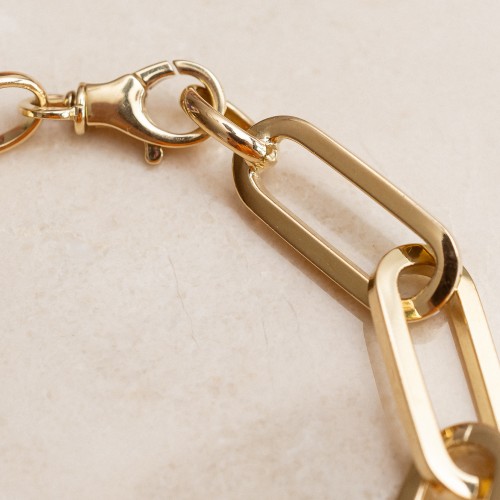All about gold (and platinum)

When we think of gold, we usually think of yellow gold. Throughout history many cultures thought of gold as a piece of the sun. But did you know that gold comes in several color varieties? No? Then read on, dear!
Even today, yellow gold jewelry is still the most popular color, but it’s not the only color. Nowadays gold is available in a very diverse palette. A color for everyone’s taste, you could say. Alloying— or mixing other metals with pure 24 carat gold— makes malleable gold more durable but can also be used to change its color.
White gold is created through alloying pure gold with white metals such as palladium or silver. In addition, it is usually plated with rhodium to create a harder surface with a brighter shine. Traditionally, yellow gold is used for wedding bands, but recently white gold took first place as the most popular choice for wedding bands in the US.
Including copper in the alloying creates the soft pink complexion of rose gold. But there are more unusual colors. Blue and purple, for example, can be created by adding patinas or oxides to the alloy surface. And black gold (yes, it exists!) gets it color from cobalt oxide.
Caratage
The weight of gold is measured in troy ounces (1 troy ounce = 31.1034768 grams), however its purity is measured in ‘carats’.
‘Caratage’ is actually the purity of gold alloyed with other metals. 24 carats is pure gold with no other metals added to it. Lower caratages contain less gold; 18 carat gold contains 75% gold and 25% other metals, often copper or silver.
Fineness
Fineness is another way of expressing the precious metal content of gold jewelry. It represents the purity in parts per thousand. When stamped on jewelry, it’s usually written without the decimal point.
All Laurence’s jewels are made of 18kt gold.
18kt yellow gold is composed of 75% of gold (Au), 15% of silver (Ag) and 10% of copper (Cu).
18kt white gold is composed of 75% of gold (Au) and 25% of palladium (Pd) or platinum (Pt).
18kt rose gold is composed of 75% of gold (Au), 9.2% of silver (Ag) and 22.2% of copper (Cu).
Platinum
Maybe you heard of platinum as an alternative to white gold. While it more or less looks the same, platinum is more expensive because of its greater density and rarity.
Pure platinum is too soft to be used in jewelry That’s why it’s often mixed with a small quantity of other metals such as rhodium, copper, or cobalt to make it hard enough to be used in a jewelry design.
The purity of platinum is measured in 1000 parts. When Laurence uses platinum in jewelry, it is generally with 950 parts of platinum and 50 parts of other metals.
Platinum pieces of jewelry are therefore purer than 18kt gold pieces (with 750 parts of gold and 250 of other metal) as they contain a greater percentage of the precious metal.
You can’t get enough, can you? Hop over to Laurence’s collection and buy that golden beauty you’ve been looking for to match your work outfit.
